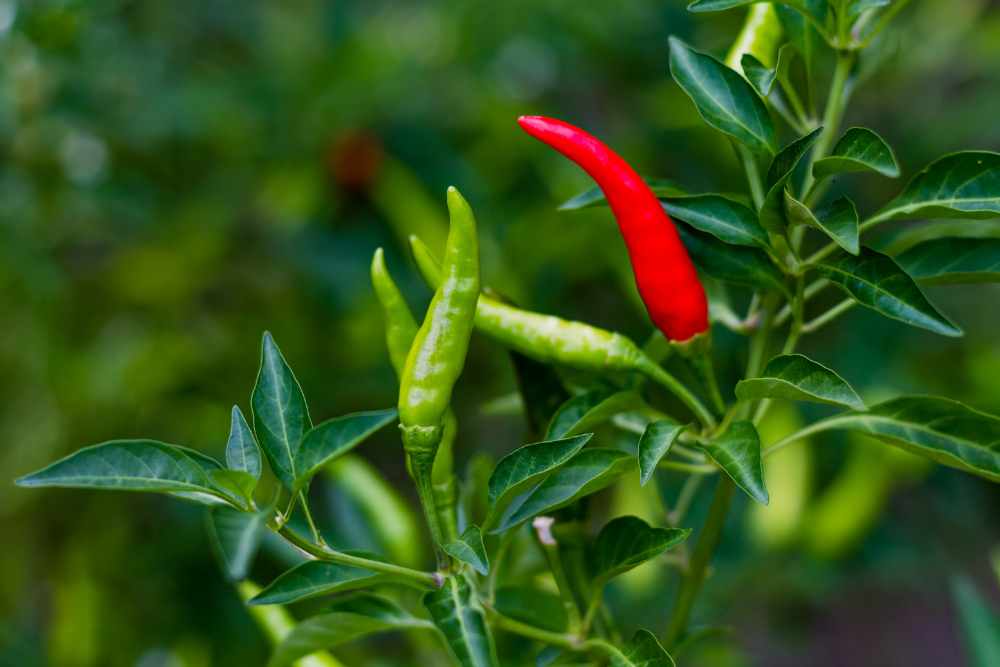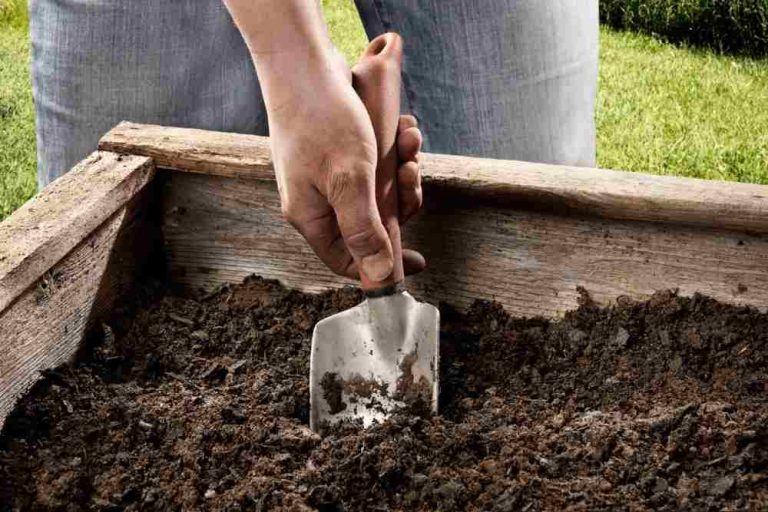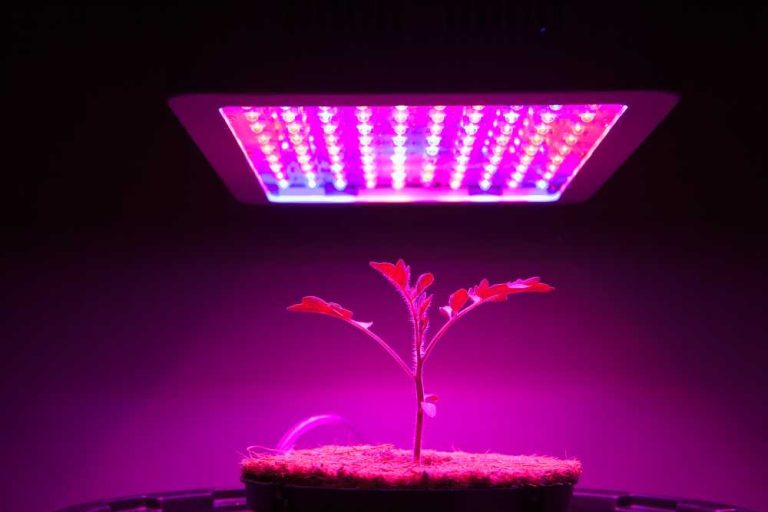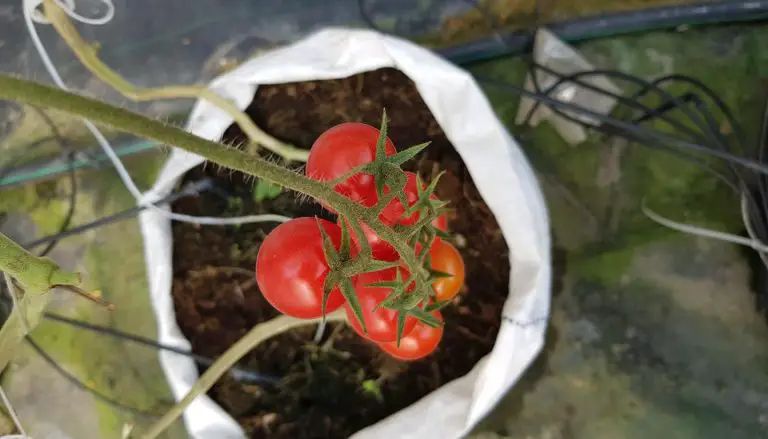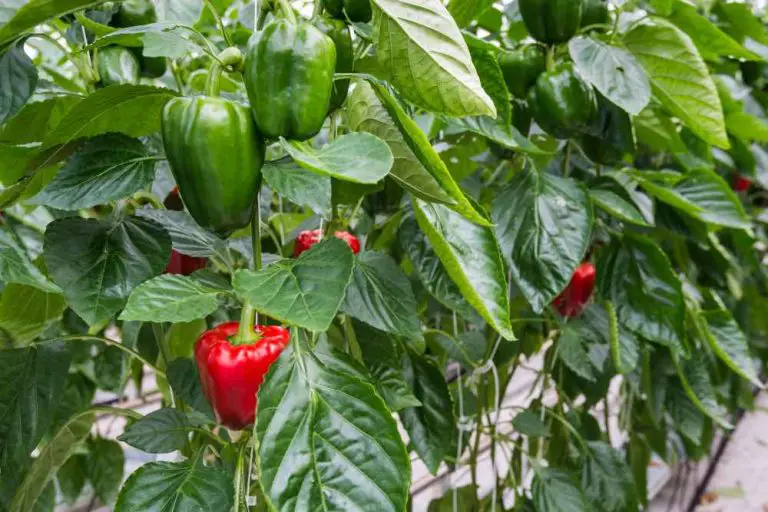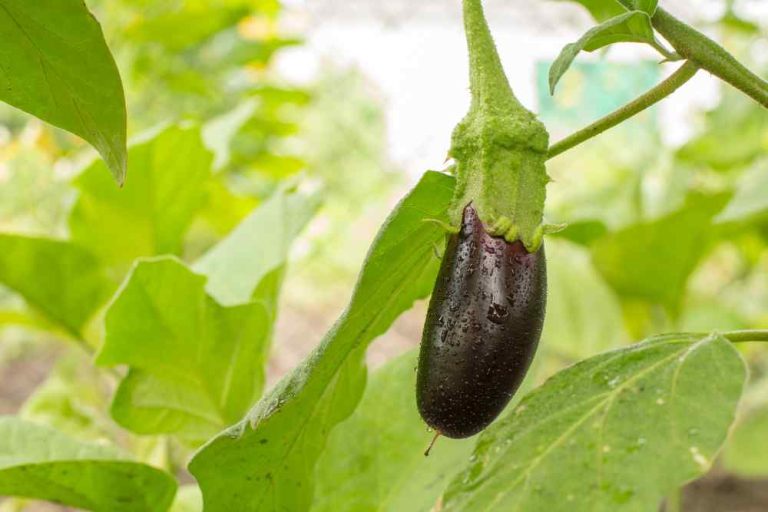A Comprehensive Guide to Growing Green Chillies
Chili is a small, multi-branched, straight, shrub-like plant with green and red fruits that is used as a flavor enhancer and seasoning. Green chili is a household name and a must-have ingredient in Indian, Mexican, and Thai cuisines. More than 200 distinct chili species have been recognized. In this article, we provide you with information on how growing green chillies in your garden.
The shape of the plant is normally circular, often all the way to the ground, but older plants may have a definite central trunk and a more vase-like shape, or a distinct canopy. Some types can live for four years or more in optimum conditions. When the canopy of foliage is healthy, it will almost completely obscure the framework of branches.
A chili plant makes an excellent garden specimen. It has a compact form and deep green glossy or semi-glossy foliage. When in bloom, it will be covered in tiny white blooms and will look fantastic when covered in colorful fruit. The fruit is often green and ripens to various shades of red, but there are whites that mature to purple, browns, yellows, and vibrant oranges. For starting growing green chillies first purchase some chili seeds or harvest some from an overripe red chili.
Chili seeds can be found at local nurseries or garden stores, as well as online. If you already have chilis, wait until they’re mature before cutting them in half to remove the seeds. You can put these seeds in the soil once they have dried up. A ripe chili will be red and starting to shrivel.
Health Benefits Of Green Chilies
Green chilies include the antioxidant vitamin C that shields the body from the damaging effects of free radicals and reduces stress. It is likely the high fiber content that aids in blood sugar regulation. A supplement like this is beneficial for diabetics.
Best Time For Growing Green Chillies
Most people start their seeds indoors at the end of March when the weather begins to warm up, but you can wait until April. It’s ideal to sow the seeds indoors so the plant has a head start before planting it outside. Chiles do not tolerate frost well, which is why you should wait until the threat of frost has gone for the season before planting them outside. It takes 2-4 months for the seeds to grow and produce fruit, which is why it is essential to begin early.
Preparing the Seeds
Spread a paper towel out and equally distribute the chili seeds on it. Then sprinkle them with water and fold the paper towel closed. Keep this aside for about a week, ensuring that the paper towel is often sprayed with water to keep it moist and humid. You can keep it in a hot and humid environment.
Please make sure that you are constantly wearing gloves while handling chilies and their seeds. Avoid touching your face, eyes, and any touchy skin, and usually wash your palms after handling them.
Seed Sowing
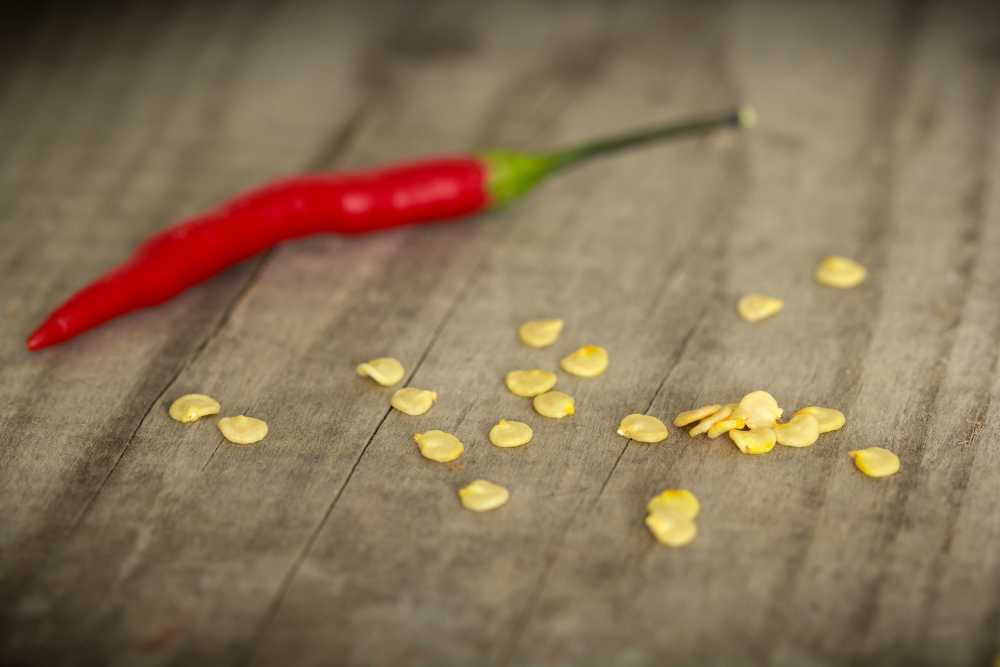
You can start growing green chillies directly in your garden or a pot and also you can sow seeds firstly in a seedling tray and then transplant them into the garden. Add organic soil to the tray. Plant seeds in the ground 1/4 inch deep, and then cover them with soil or potting mix. this layer should be just thick enough to provide the seeds with protection from wind or water while yet allowing the seeds to shoot up through it readily. Press it manually.
It’s preferable to plant three seeds in case the others don’t sprout; Spread the seeds out gently on the soil, giving them room to expand by separating them slightly in each cell. Gently watering the seeds using a spray bottle or watering can prevent disturbing them while they germinate. Maintain 2 to 3-inch spacing between the seeds when sowing in the ground or in pots, and check that the cells have drainage holes at the bottom.
After planting the seeds, avoid putting the seed tray in direct sunlight; instead, position it on a table or windowsill where there is indirect light. It’s acceptable if the site is sometimes shaded, but it must remain warm for the seeds to germinate.
Ensure that the seeds receive 6 hours or more of indirect sunshine each day. Use a seed heating mat and a grow lamp, both of which are readily accessible from most garden supply stores if the conditions inside your home aren’t warm or bright enough. Use a plastic greenhouse indoors to assist retain heat so the seeds can sprout.
Transplanting Seedlings
It is okay to transfer the plant to a more sunny location with more direct light once the seeds have sprouted. The seedlings should be tall enough to be transplanted in about a month. Visit the garden to identify nutrient-rich soils. If necessary, mix the soil with a little amount of organic compost to ensure the continued good health and happiness of your chili plant.

Plants can also be grown in pots. The ideal pot size is 8 to 10 inches, but if necessary, you can use a smaller pot and move the plant again later. Add some more soil when you transfer the plant to the bigger container, then thoroughly water the area after you’re done. There should be good drainage in the pot.
When moving the plant, take care not to harm the roots. Use a tiny shovel to gently dig around the roots to free them from the soil, being extremely careful not to pull the plant out of the cell tray. Place the entire root ball in the new pot and soil, making sure to re-cover the roots with soil.
When the plant reaches a height of 8 to 10 inches, it will produce tiny buds that, one to one and a half months after planting, will bloom into lovely little white flowers. For around 7 to 10 days, the vegetation will remain on the plant before it disintegrates. Then you’ll notice a sweet tiny baby chili growing there in its place.
Pruning Your Chili Plant
Lightly prune new growth tips at the beginning of the growing season or with newly planted plants to promote bushiness. If you have plants that are in a shaded area, this is extremely important.
You can cut the plant back very hard in the autumn after the last fruit of the year has been harvested and the plant is losing leaves. Lengthy, spindly branches should be cut back to create a lovely, open framework with a uniform branching pattern.
How To Care For Your Chili Plants
The minimal quantity of light required for them to grow is 6 hours of sunlight each day, while more sunlight is preferable. Ensure that the temperature doesn’t drop below 15 °C (59 °F) wherever you position your chili plant when you grow them in a pot.
Chilies need full sunlight to flourish, so you want to leave them outside for as long as you can. Since chili plants tend to dry out a little between watering days, it’s good if the plant becomes a little bit dry. Give the soil a good, thorough watering, and make sure the soil is still damp once you’re finished.
Always follow the directions on the fertilizer packet before applying fertilizer to the plant every 3 weeks. The liquid fertilizer will give even more nutrients to the plant.
Another frequent problem that may be avoided when growing green chillies in containers are overfertilizing or using excessive nitrogen. Fertilizer is unable to disperse itself across a broader region when it is in a pot since it is contained inside.
Keep in mind that potassium helps the growth of chiles. When growing green chillies outside, greater shade can assist prevent sunburn or excessive dryness if the region experiences heatwaves or hot summers. When growing green chillies in pots, one advantage is that you can transfer the plants to shadier locations.
Harvesting
The maturation period of chili takes about three months. When the chilies are mature, remove them from the plant; if you pull them too frequently, they will rip. As the crop ages, the color and flavor vary. Chilies are stored in the refrigerator or a dry, dark pantry.

Cut the chili off at its green stem, just above the top of the physical chili, with a knife or pair of garden shears. Apply this to all of the chiles you intend to harvest. To prevent the spread of disease, cut the chiles off when the plant is dry rather than moist.
Pest and diseases
One of the main threats to the growth of tropical chilies is the fruit fly. The chili fruits get mushy and soft from the fruit fly larvae growing inside of them; finally, they fall to the ground, where the new generation of fruit flies will emerge. Growing green chillies rather than red ones is good because fruit flies typically don’t attack green chilies as much as they do red ones. Pick and discard any chili fruit that appears soft or damaged. Stopping the fruit fly life cycle is necessary.
Aphids are a frequent pest of the green chili and can be identified by their little, soft bodies, which can be cream, yellow, green, or brown in color. They frequently leave a thick layer on the plant known as honeydew and typically collect on the undersides of leaves. Spray a pre-mixed insecticidal soap on the chili plant to the point of dripping once a week to keep them under control. Apply the soap in the morning to prevent it from drying up too quickly during the day, and stop after the bugs are gone.
Mice or possibly rats are another problem that eats chilies. No matter how hot your low-hanging chilies are, rodents will definitely eat them if you have them around.
- 29 Bucket Gardening Ideas for a Lush, Compact Garden - October 30, 2024
- 20+ Chic Boho Bedroom Ideas for a Cozy and Stylish Retreat - June 20, 2024
- 12+ Modern Boho Living Room Ideas to Create a Unique Oasis - June 10, 2024

